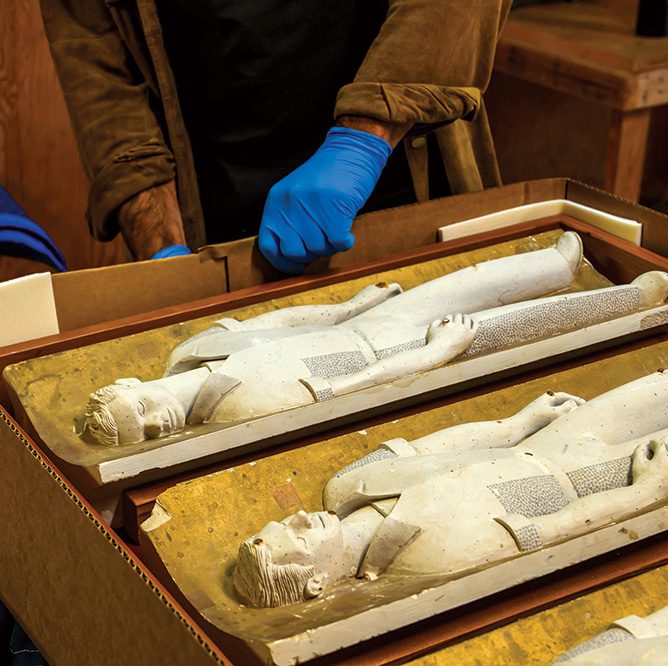
When It Comes to Supporting Elderly Parents, It Takes a Village
Tips and advice for providing care to aging parents, from the experts at the Masonic Outreach Services team.

Above: Headstones at the Masonic Cemetery in Jamestown mark the burial plots of Francis Severio and his wife, Mary. Severio was a member of St. James № 54 from 1856–73 and served as lodge tiler for many years.
The brick-and-marble mausoleum at the top of the gently sloping Jamestown Masonic Cemetery bears the name Pereira. Though he may not attract much attention these days, for many years, John Pereira was one of the town’s leading figures. An early miner in the area, he later distinguished himself as an orchard owner, winemaker, and a real estate magnate. He built the Jamestown Hotel, where President McKinley once stayed, and helped establish the Sierra Railway depot, transforming Jamestown from a humble mining camp into a proper little city.
In essence, a fairly complete history of the town’s first half-century can be told through that one gravesite. And “that’s just the tip of the iceberg,” says researcher Noël Siver.
This year, the Grand Lodge of California is working to uncover more local history contained within the small Jamestown Masonic Cemetery. Built in 1854, it served the membership of St. James № 54 until 1875, when the lodge disbanded. Today it’s one of two Gold Rush-era cemeteries owned by the Grand Lodge of California, which has set out to clean up and make repairs to the site, and to catalogue all known and unknown remains there.
So far, the effort has included using a canine forensic team to locate unmarked burials, developing boundary and topographical reports, and engaging a team of researchers to dig up the stories behind those burials.
Today, only a few headstones remain intact at Jamestown—the others may have been made of wood and disintegrated, or else were dislodged, stolen, or vandalized. Then there’s the Pereira mausoleum, which contains John (1814–1902); his first wife, Hannah “Annie” Morgan Pereira (1819–71); and their son-in-law Thomas Jefferson Evans (1836–93). The research team, which includes Siver, Sonora city historian Patricia Perry, and volunteers from the Tuolumne County Genealogical Society, found references to two other burials without headstones. One was former miner James Fraser, 82, originally from North Carolina; the other was Lee Ashby Lowry, the infant son of a senior deacon of the lodge, John Lowry. “Some of this [work] is to be able to honor families’ ancestry,” says Katharine Untch, who as conservator is leading the research effort. “It’s not just the name of the person buried there. As you find more details, you’re kind of regenerating the stories of people who otherwise got lost.”
Now, Untch says, they’re asking families in Tuolumne County for help filling in the final puzzle pieces. “People may have old family Bibles or correspondence, old photographs—things that may not be publicly accessible,” she says. “So if people have this sort of information, we want to ask that they come forward and help us complete our research.”
To get in touch, contact Khalil Sweidy at ksweidy@freemason.org.
Photograph by:
Ian A. Stewart

Tips and advice for providing care to aging parents, from the experts at the Masonic Outreach Services team.

Almost 70 years after he designed its crowning artwork, the archives of Emile Norman are moving to the home of Freemasonry.

Meet Keith Jones, a member of Orange Grove No. 93, Royal Street No. 890 and The Thirty Three No. 878 dives into Masonry and giving back.